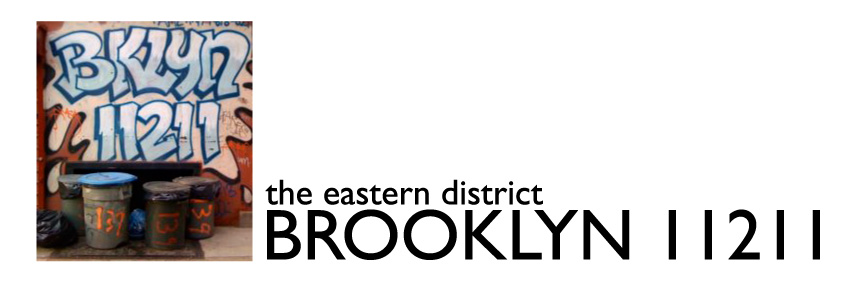The City’s program to track energy use in large commercial buildings has some interesting results. Some new LEED buildings aren’t all they’re cracked up to be. In a city where buildings use far more energy than cars, and 2% of the buildings account for 45% of that energy expenditure, this stuff matters.
On the other hand, two venerated show horses from the 1930s, the Chrysler Building and the Empire State Building, sailed to an [Energy Star rating of] 84 and an 80 as a result of extensive upgrades of their insulation and mechanical systems.
By comparison, Lever House, a 1954 International Style glass tower, scored a 20. Keeping in mind that none of these buildings were built with energy efficiency in mind, it makes sense that a wall that is more than 50% masonry (as at Chrysler and ESB) will have better thermal properties than a wall of glass. (Lever House’s curtain wall was replaced within the past 10 or 15 years, so it is a somewhat apt comparison to the recently upgraded ESB – Seagram, which retains its original 1958 glass-and-metal facade, scored a 3!)
